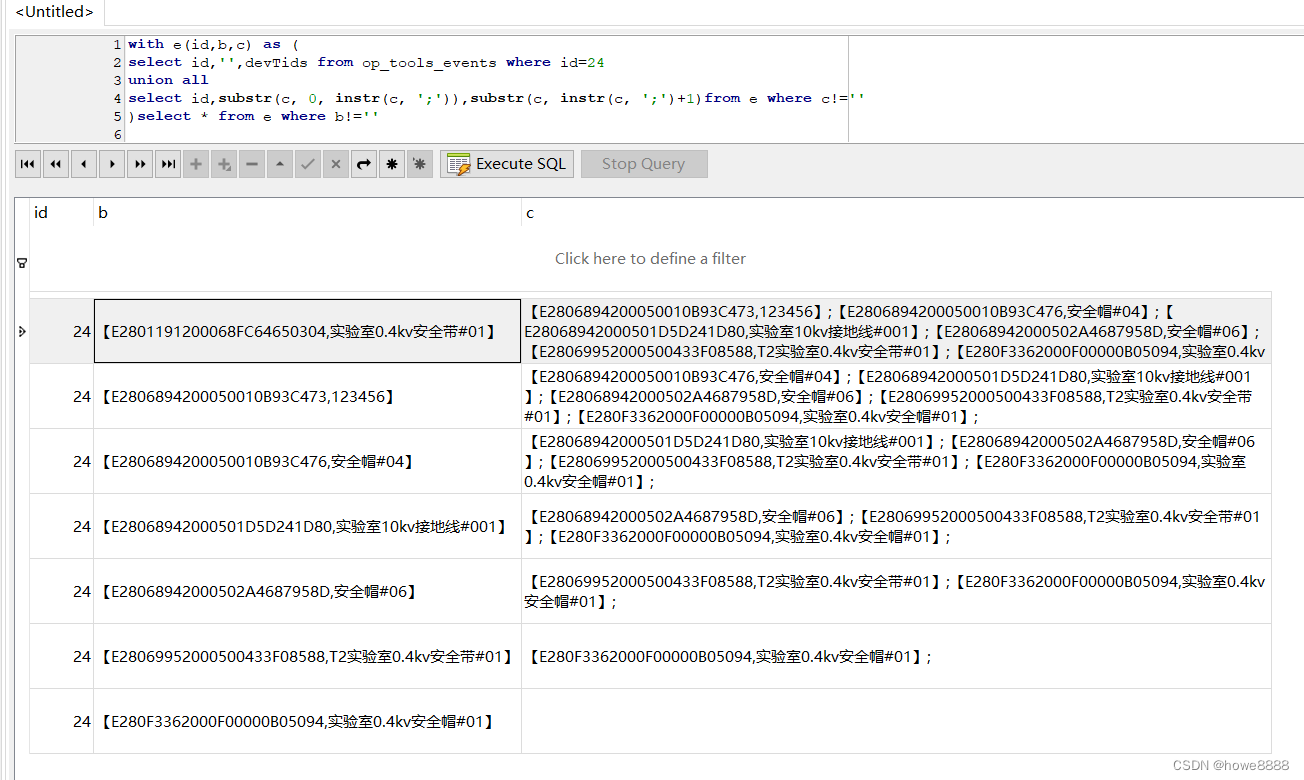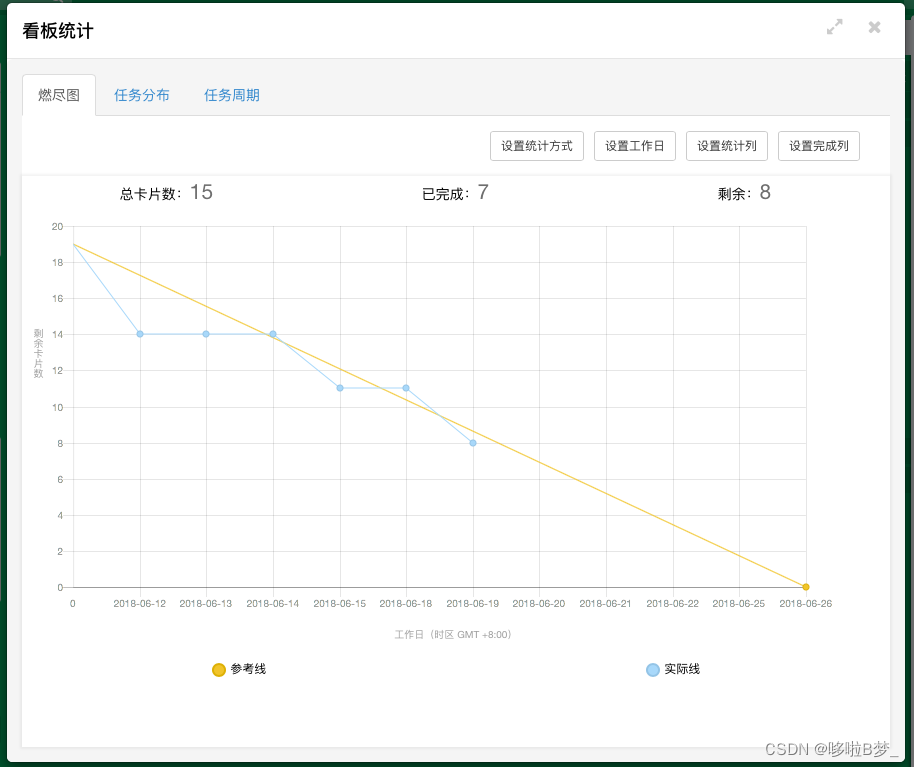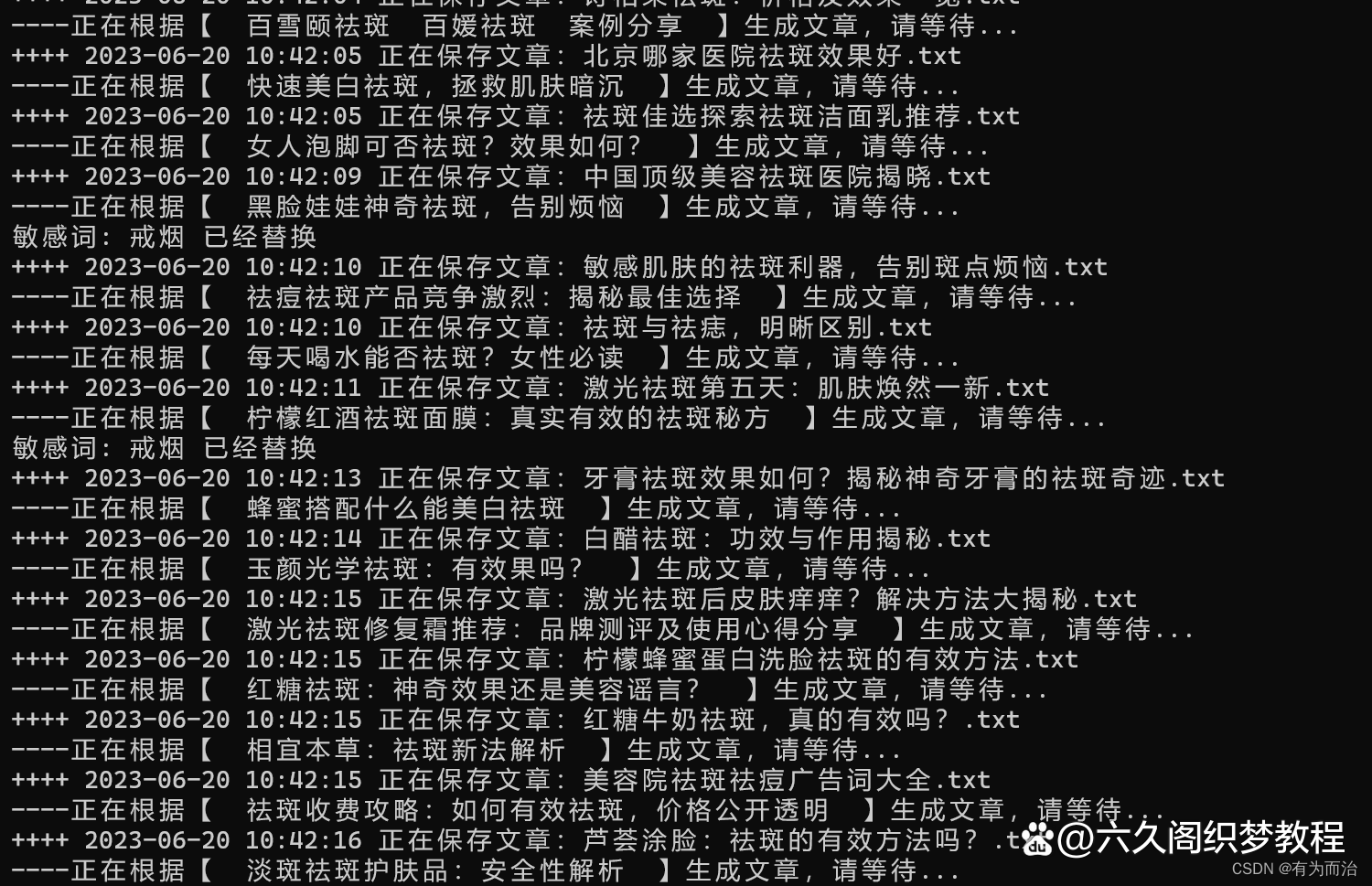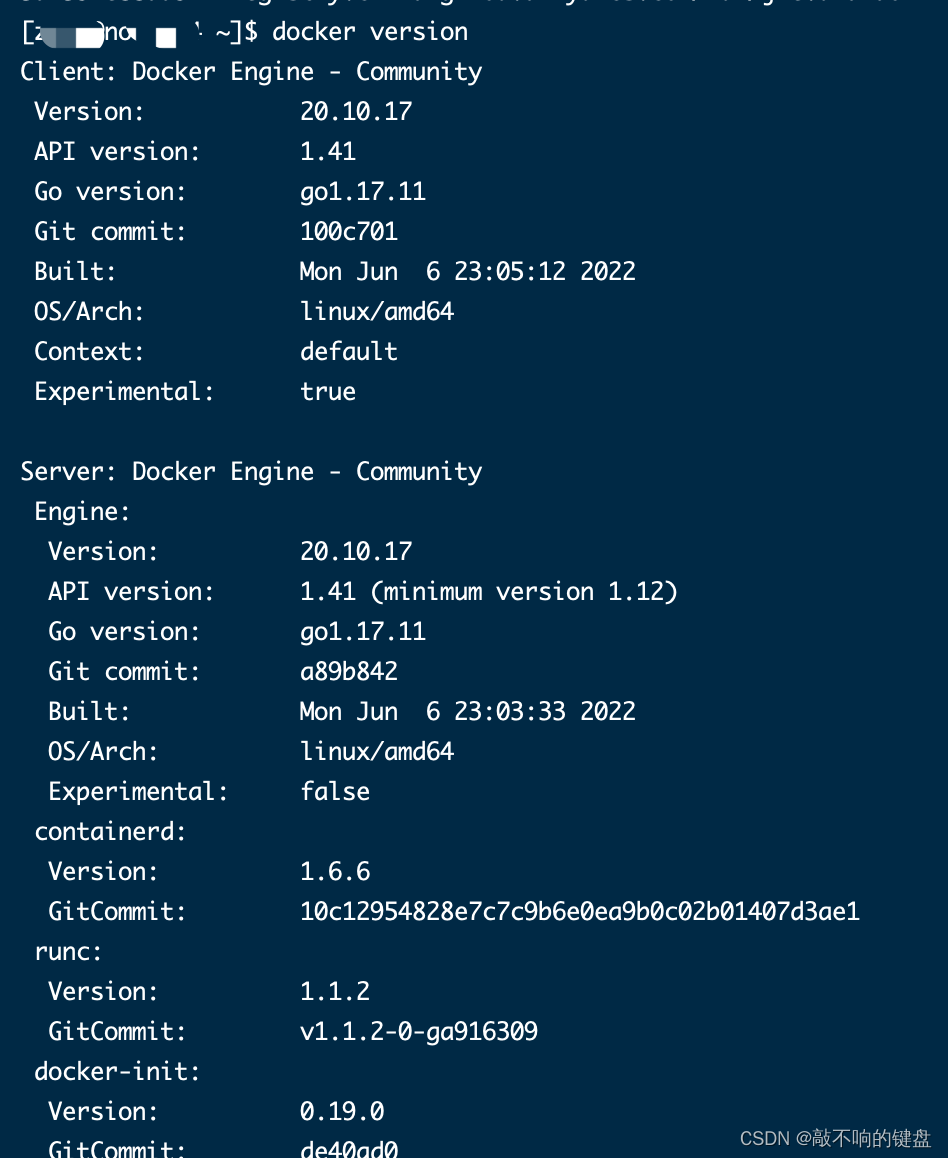在用sqlite时,用到了with子语句,记录下对其的理解
目的:在1个字段中找到真正包含的数据,一般用于like,但该字段可能是复杂的字符串数组。
例子数据,如:
【E2806894200050010B93C473,123456】;【E2806894200050010B93C476,安全帽#04】;【E28068942000501D5D241D80,实验室10kv接地线#001】;【E28068942000502A4687958D,安全帽#06】;【E28069952000500433F08588,T2实验室0.4kv安全带#01】;【E280F3362000F00000B05094,实验室0.4kv安全帽#01】;
是由“;”分割的,分割后还有“,”分割的,所以需要对这个数据进行递归分析。
1、with子语句,生成1个临时表(a,b,c,d,...),生成后可以对其进行查询,
2、在with as (....)括号后,应该进行查询或其它操作,操作后,临时表会被删除,
3、with as ( union all select自己可形成递归数据插入临时表)查询后又加入临时表中,所以形成递归数据
with e(id,b,c) as (
select id,'',devTids from op_tools_events where id=24
union all
select id,substr(c, 0, instr(c, ';')),substr(c, instr(c, ';')+1)from e where c!=''
)select * from e where b!=''结果:

可以看到b是通过第一行的c进行了递归分解得到的。
4、最后的真正查询语句:
select id, substr(b, 2, instr(b, ',')-2) as rfid,substr(b,instr(b, ',')+1,instr(b, '】')-instr(b, ',')-1) as devcode from (
with e(id,b,c) as (
select id,'',devTids from op_tools_events where devTids like '%T2%'
union all
select id,substr(c, 0, instr(c, ';')),substr(c, instr(c, ';')+1)from e where c!=''
)select * from e where b!=''
)
where devcode like '%T2%' order by id结果:




![【群智能算法改进】基于二次插值策略的改进白鲸优化算法 改进后的EBWO[3]算法【Matlab代码#44】](https://img-blog.csdnimg.cn/de0816c6270f406bbdfd5a1cc1185602.png#pic_center)















